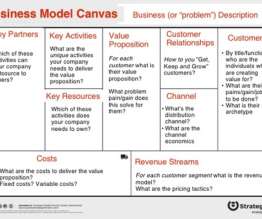Technology, Innovation, and Great Power Competition – Class 4- Semiconductors
Steve Blank
NOVEMBER 2, 2021
In class 1 , we learned that national power is the combination of a country’s diplomacy (soft power and alliances), information/intelligence, military power, economic strength, finance, intelligence, and law enforcement. This “whole of government approach” is known by the acronym DIME -FIL.




















Let's personalize your content